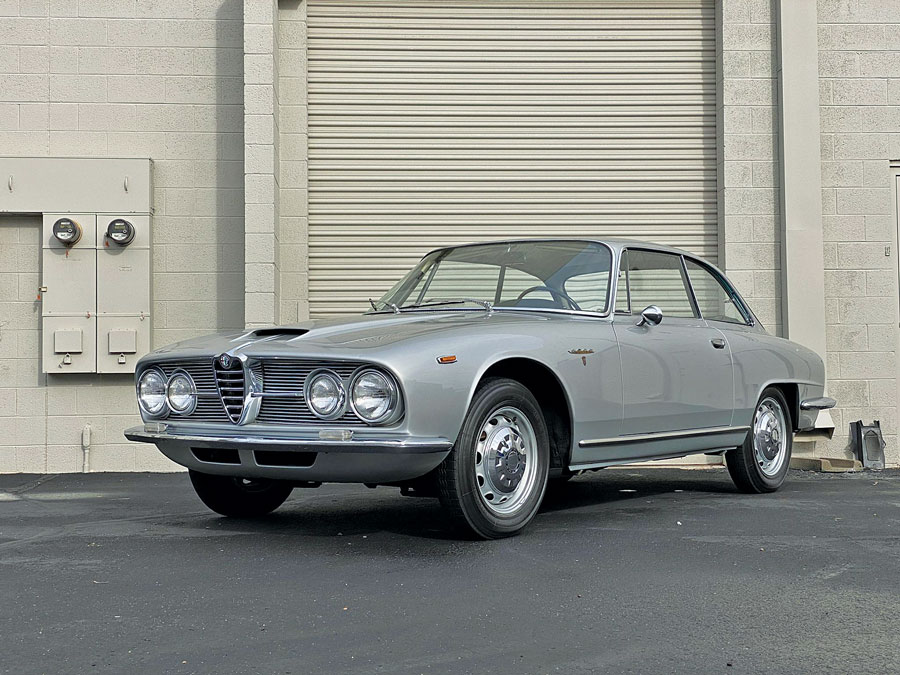If you live in the Maldives, you are aware that the seas are rising. Whether temperatures are going up because of diesel emissions, home barbecue grills or cows farting methane doesn’t really matter. In the end, the earth is warming and the ocean is getting higher. It’s the same with the collector-car market. Values are…
Collector-Car Climate Change

